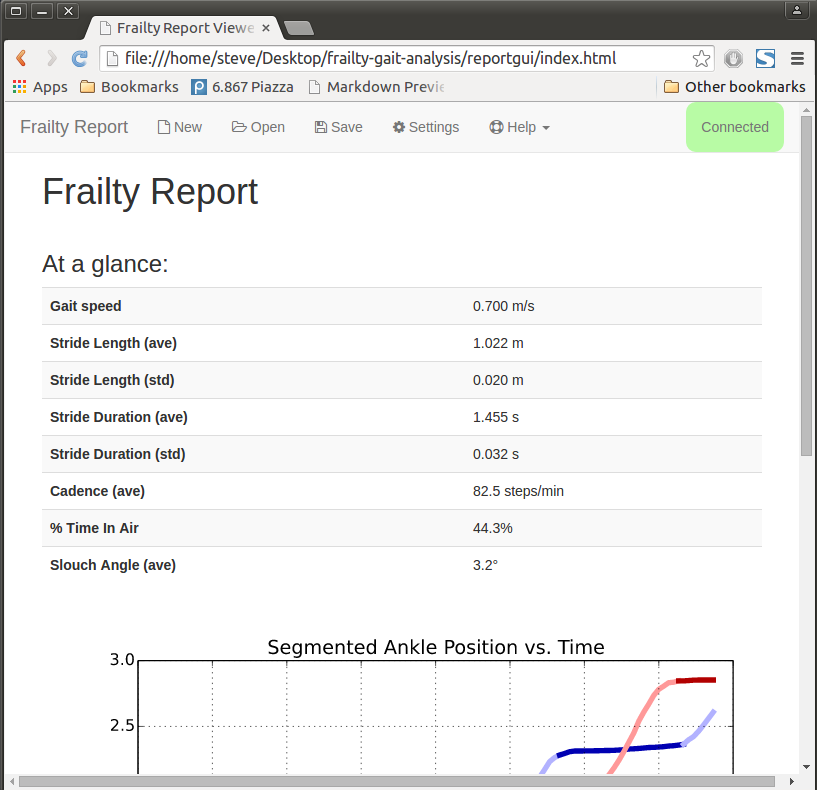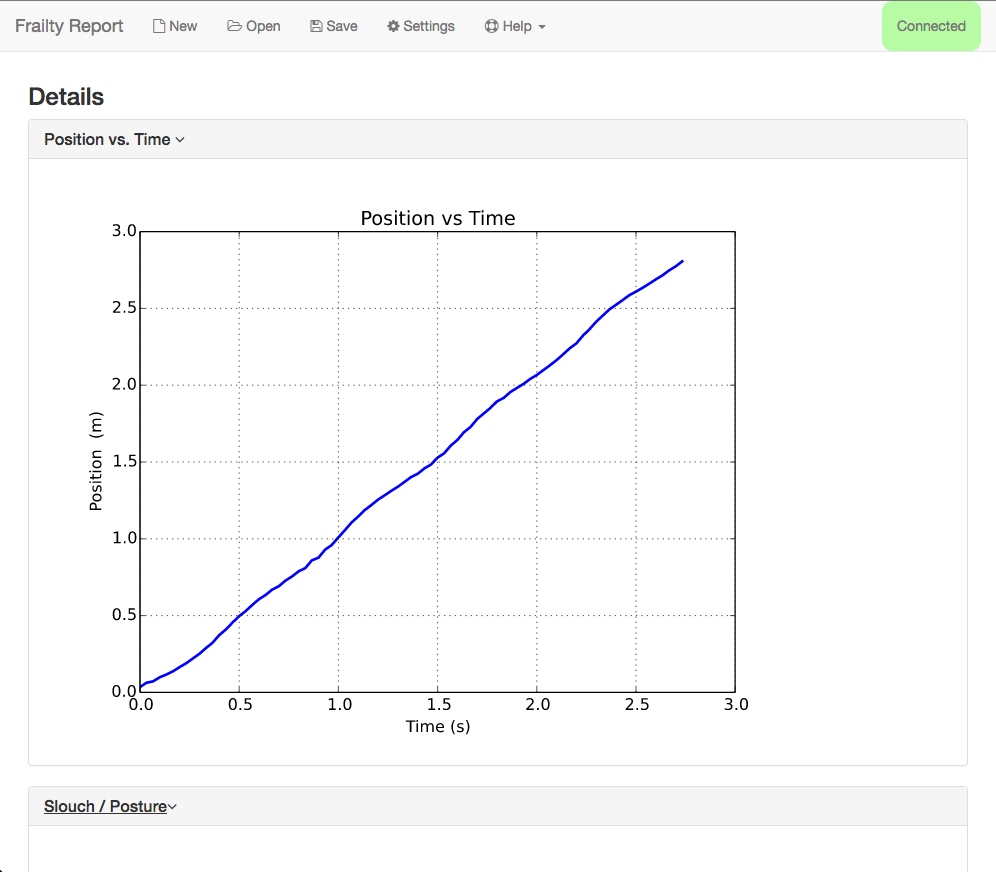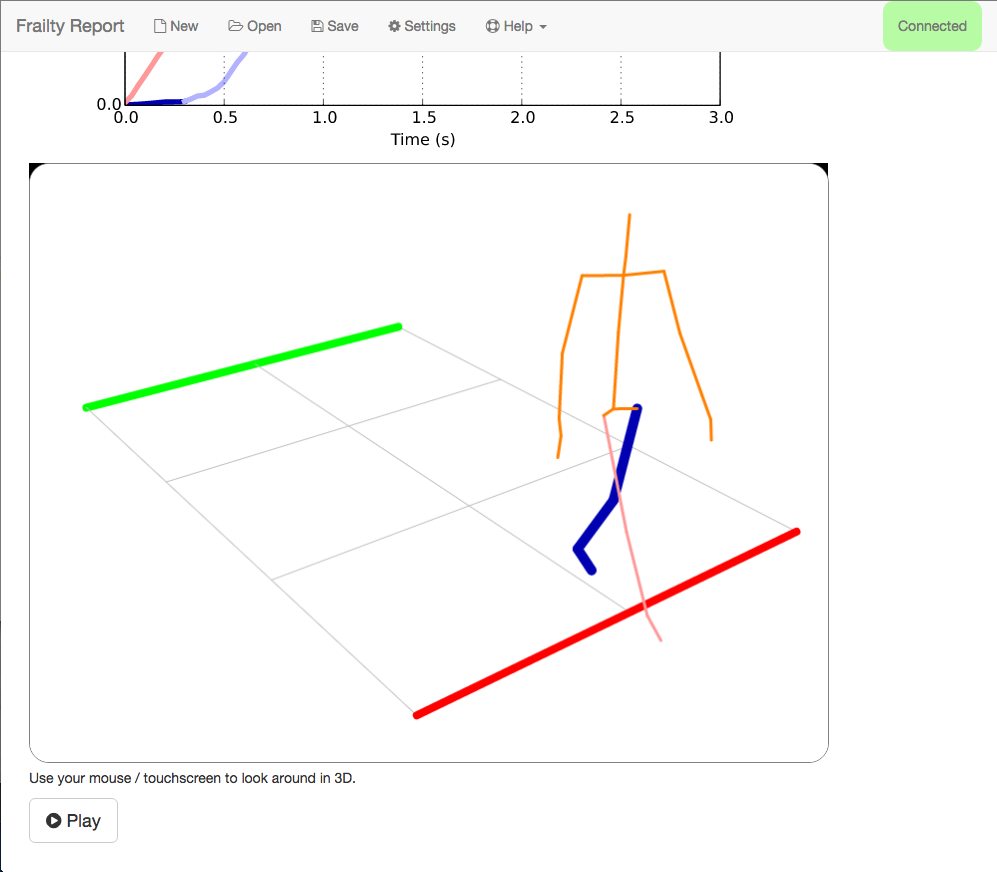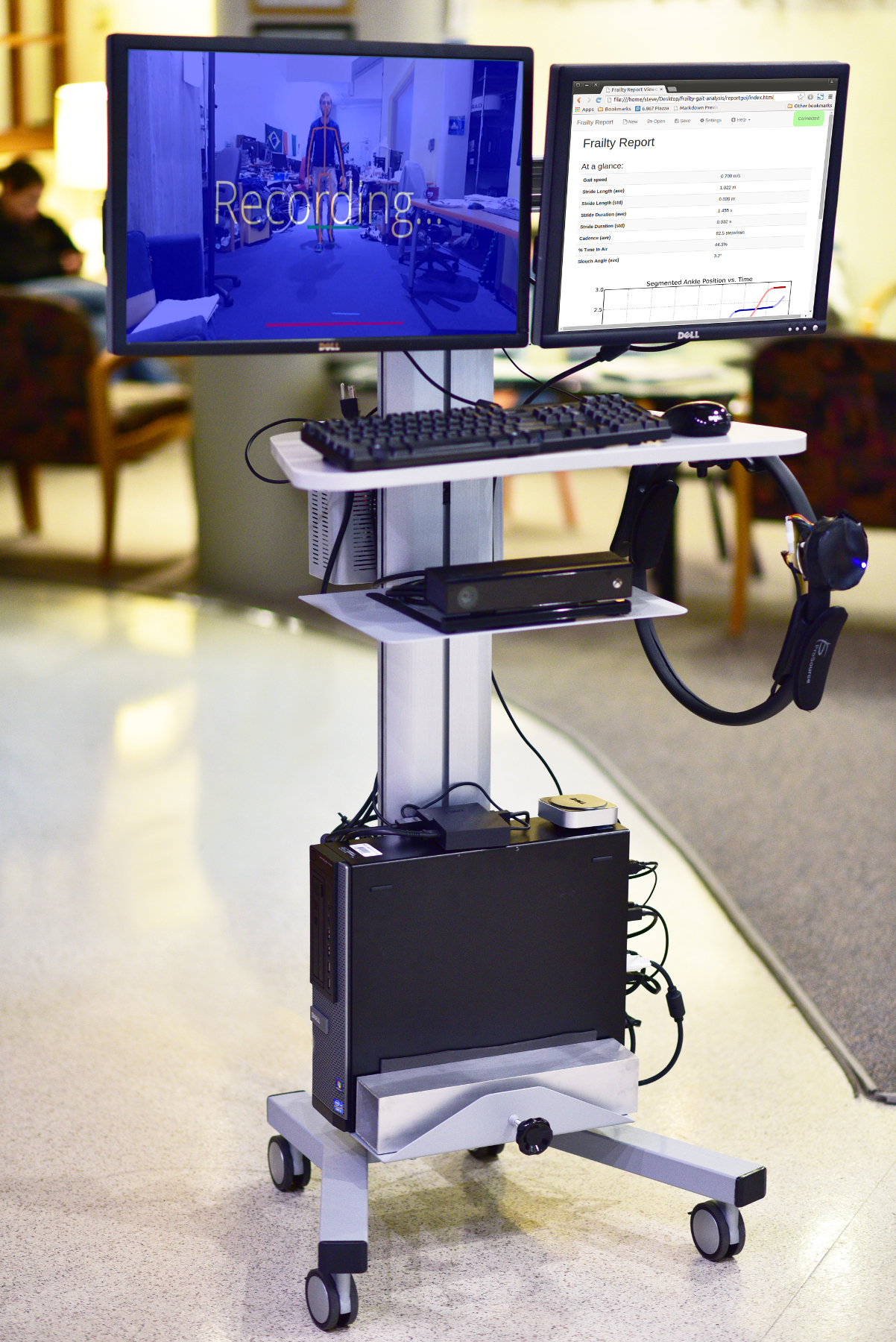QuantaFit - medical device to assess frailty
Starting in the Fall of 2015, I was involved in a project to develop a medical device to measure frailty in elderly individuals. Beginning as a class project for 2.75: Medical Device Design with a small team of other students, our project, QuantaFit, has since been awarded funding and mentorship from the MGH Co.Create program, under which we continued development and begin planning for an initial pilot study of the device in a local geriatrics clinic. Through my involvement with this project, I became very excited about the field of medical technology.
QuantaFit: a medical device to assess frailty
Frailty, despite being highly prevalent among the elderly, remains underdiagnosed by healthcare providers. Frailty doubles the risk of morbidity and mortality, and if untreated, can lead to a cascade of worsening conditions including heart disease, diabetes, kidney failure, anemia, and more. Although several frailty assessment tools exist, they are either highly subjective or based on self-reported metrics and cannot provide the reliability and repeatability of a standardized, quantitative diagnostic test. Therefore, there is a clear need for a user-friendly, low-cost, and non-invasive diagnostic device for the assessment of frailty.
QuantaFit performs a gait analysis to predict frailty based on metrics from the most widely used US scale, the Fried scale. While the Fried scale incorporates gait speed, QuantaFit records gait speed along with several other gait characteristics, including step length, stem symmetry, postural sway, and others. The system also assesses hand-eye coordination through a simple in-air shape-tracing exercise. All metrics may be collected from a patient in under a minute.
In addition to gait, our original prototype also included a Pilates-inspired exercise ring, instrumented with sensors to measure the patient’s strength over a range of different exercises.
QuantaFit broadens the range of objectively quantifiable metrics of gait and coordination available to physicians, allowing better frailty assessments thereby aiming to improve patient outcomes.
I was part of the original project team during the Fall 2015 semester for 2.75: Medical Device Design, and took the lead on the software design and gait analysis algorithms, also contributing significantly towards the system integration and electronics. The initial conception for the project came from Maulik Majmudar, and my student teammates included Iurii Sarkisov, Cara Lai, Catherine Yunis, and Alex Springer. Charlie Sodini and Maggie Delano also provided excellent mentorship. After the semester ended, I was eager to continue work on the project. Hosea Siu joined with a number of great insights and algorithmic ideas, and Gabriel Ginorio has examined our strength ring, while Maulik continued to advise our new team through the MGH Co.Create program. We also applied for and received some guidance from MIT Sandbox.
Measuring Gait
Gait has been shown to be highly correlated with frailty. QuantaFit takes a detailed gait measurement – a superset of the Fried scale – and does so very quickly. To accomplish this, we use an off-the-shelf 3D camera. In our prototype, this is the Microsoft Kinect One. The 3D camera is capable of tracking a patient several meters away, and can record every joint position over time as the patient walks towards the camera.
We developed a set of algorithms to analyze the patients gait, and extract a number of metrics that may be associated with frailty. These include gait speed, stride length, cadence, left / right symmetery, postural sway, and more.
Recently, we’ve also used the Kinect to measure other useful factors associated with frailty, such as coordination.
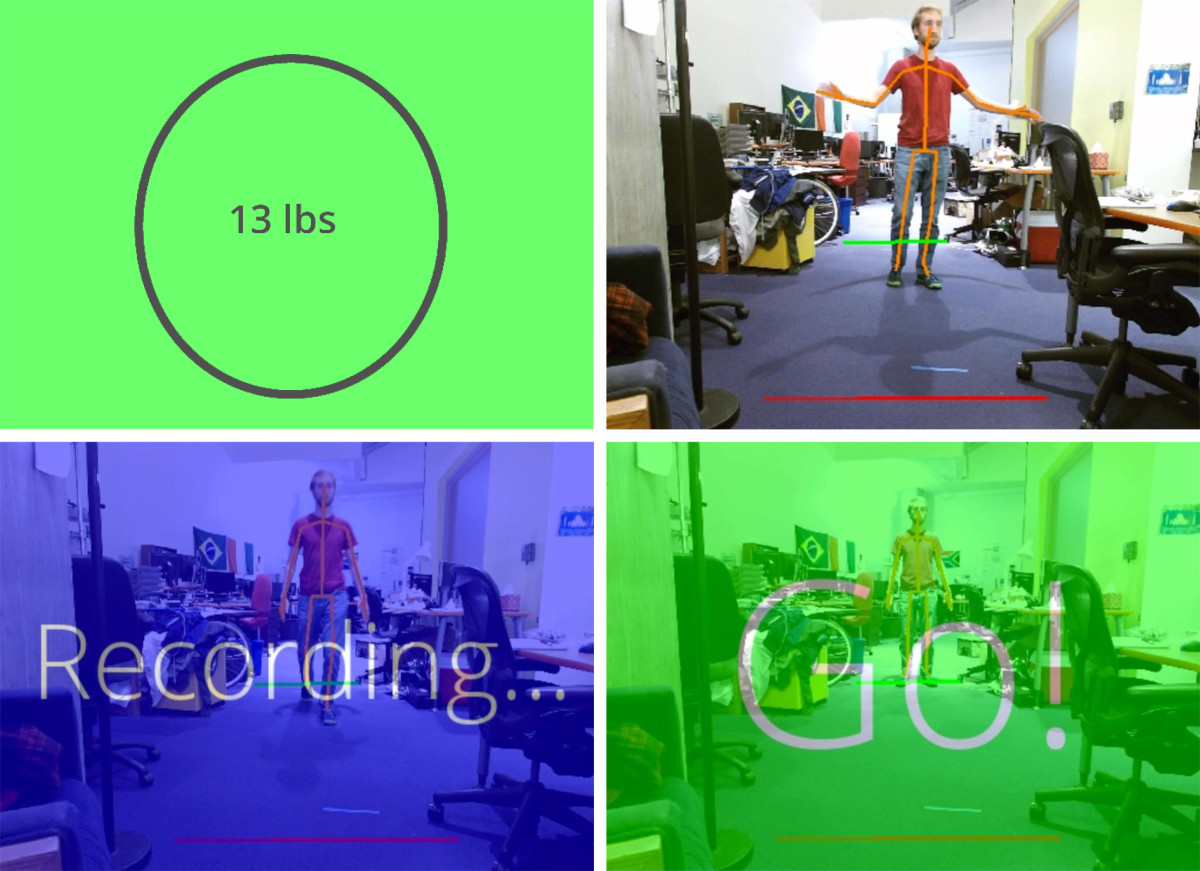
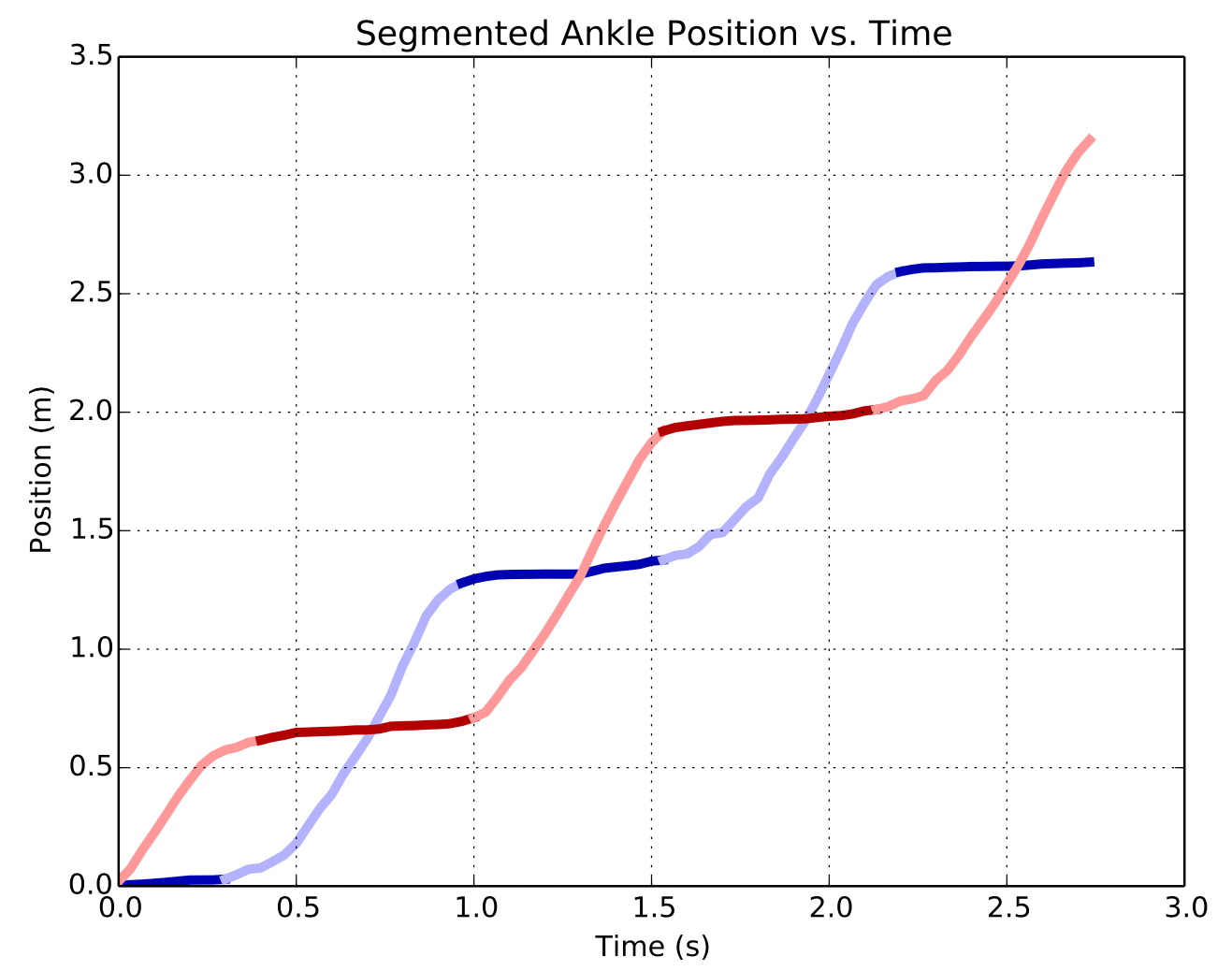
Measuring Strength
As alluded to earlier, our original prototype contained included an instrumented exercise ring to measure the patient’s strength across a variety of exercises.
While we believe that such an approach is very promising and important to obtaining a broad measurement of frailty, we have for the time being focused our efforts on the 3D camera-based measurements.
User Interface
QuantaFit is designed to be quick, easy, and non-invasive. The patient (assisted by a clinician) takes several steps towards 3D camera, during which time gait is recorded.
After analysis is complete, the results are presented to the clinician in a web-based interface. Key statistics, plots, and 3D animations are displayed and may be saved along with other patient information.
